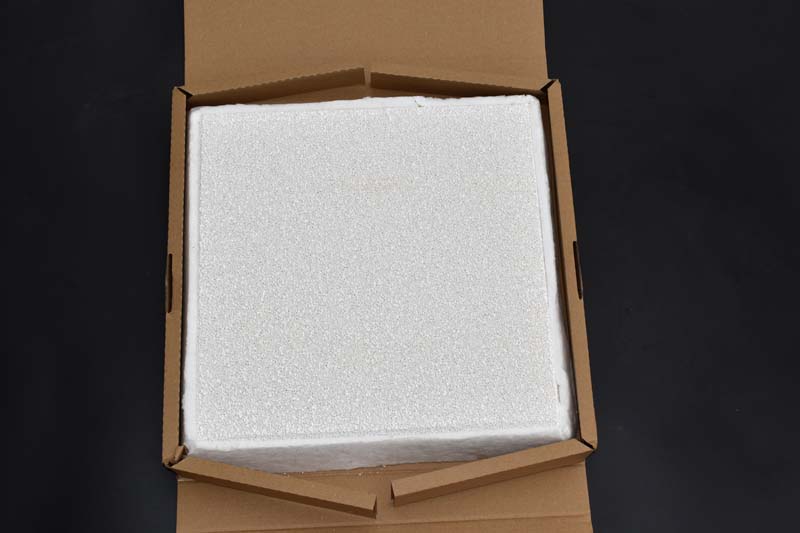
24 8月 Aluminium Japan Ceramic Foam Filter
Aluminium Japan Ceramic Foam Filter removes the inclusions generated between the refining system and the hot top casting platform. The ability to capture these inclusions is critical to keeping the ingot clean during the metal solidification process.
Therefore, the quality and productivity of downstream processes such as forging, extrusion and rolling are guaranteed.
According to Aluminium Japan, purchasing Ceramic Filter Foundry through sales@adtechamm.com can solve the following problems.
Avoid the presence of inclusions. Make aluminum products more resistant to corrosion and better appearance.
Avoid product defects such as pinholes, looseness, and cracks.
Therefore, aluminum ceramic filter foundry is a key process in the Italian aluminum aluminum and aluminum smelting.
Commonly used filtration methods for molten aluminum In the modern aluminum liquid purification process, the filter is close to the end of the last casting purification process.
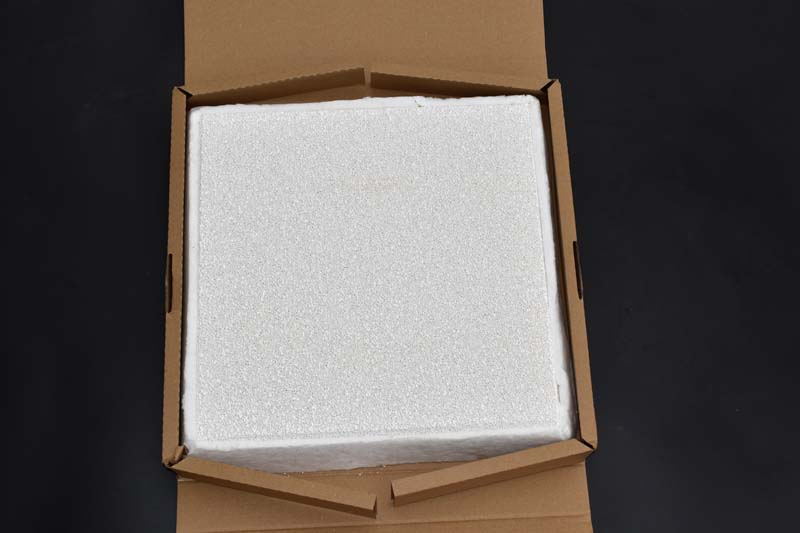
What happens to aluminum and aluminum alloys during the melting process?
Melting aluminum casting is to convert liquid aluminum into aluminum ingots, bars or other finished or semi-finished products through the steps of batching, stirring, standing, refining, and slag reporting.
Aluminum and aluminum alloys will suffer different degrees of loss due to oxidation, refining, slag, etc. during the casting process.
The so-called aluminum melting loss is the general term for the unrecoverable metal loss and the metal contained in the aluminum slag due to oxidation, volatilization, and interaction with the furnace wall and refining agent during the smelting process of aluminum and aluminum alloys.
Aluminium Japan Ceramic Foam Filter is classified according to different apertures, including 10PPi, 15PPi, 20PPi, 30PPi, etc. The mesh classification of sponge is not the same as the classification of product mesh. Generally speaking, the larger the PPi value, the smaller the corresponding pore size and the smaller the filtered inclusions.


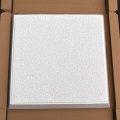
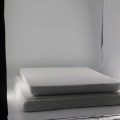
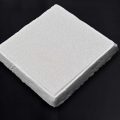
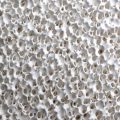
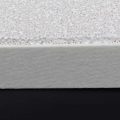
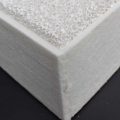

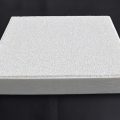
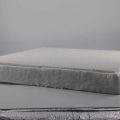
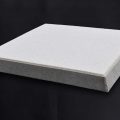
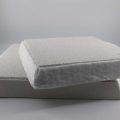
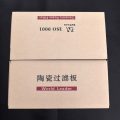
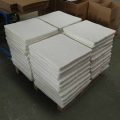
No Comments